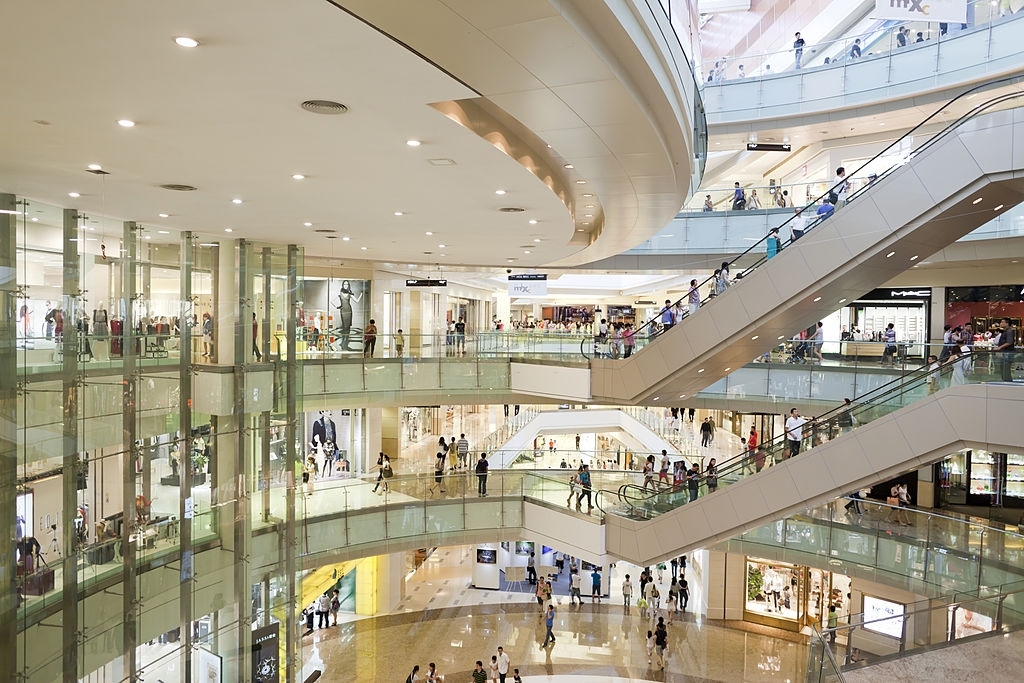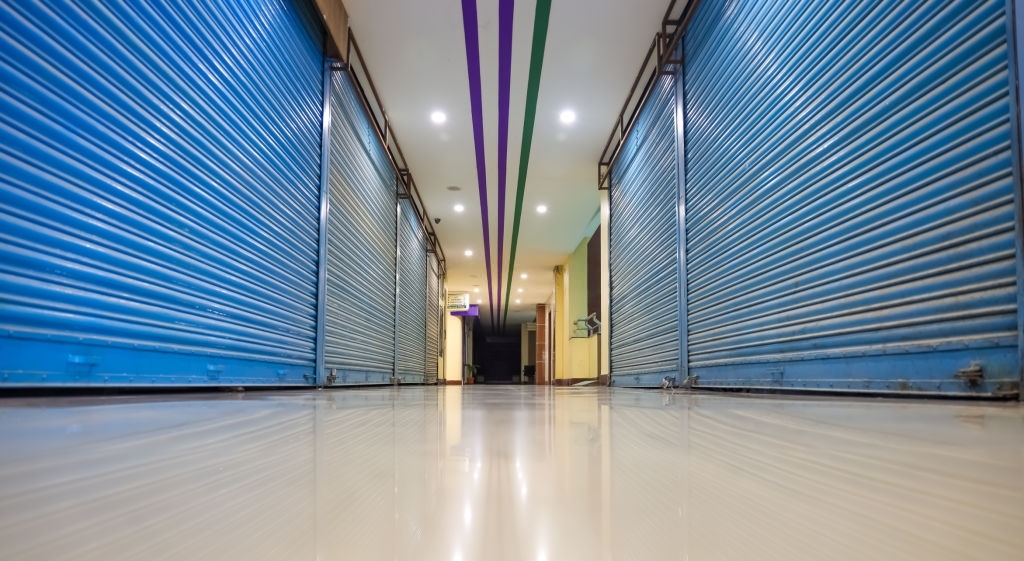What are High Street Markets?
In 1666, while rebuilding London after the Great Fire, the Government allocated space for shops on Principle Streets. The reason behind this Government initiative was to regulate trade by increasing visibility of businesses. These Principle Streets became known as 'High Streets'.
High Streets serve as focal points for business and retail trade all over the world.
In India, High Streets Markets are extremely popular by the majority of the populace and yet no one knows they're called High Street markets. This form of market is suitable for traders, local brands and small scale businesses.
Here are some of the India's most famous High Street Markets:
| City | High streets |
|---|---|
| Bangalore | Brigade Road, Commercial Street, Indiranagar |
| Delhi and NCR | Connaught Place, Khan Market, South Extension |
| Mumbai | Hiranandani Estate (Powai), Bandra Linking Road, Colaba Causeway, Breach Candy |
| Chennai | T Nagar, Anna Nagar, Adyar |
| Hyderabad | Himayat Nagar, Begumpet, Banjara Hills |
| Pune | MG Road, JM Road, FC Road |
| Kolkata | Lindsay Street, Park Street, Camac Street, Gariahat |

The Rise of Shopping Malls India:
Shopping malls are almost as successful as high street markets in India.The higher class segments in India prefer shopping malls over high street markets. This is because shopping malls offer more than just a shopping experience and also houses many international branded stores in a single, conveniently located building.
Shopping malls also come with perks over high street markets such as easy accessibility in all weather conditions, convenient parking space, washrooms, food courts and other such amenities.
The middle class segment prefers shopping malls for their food courts and multiplexes.They draw inspiration from the aspirational value of shopping malls.
Why Indians prefer High Street Market over Shopping Malls
Majority of Indians do not focus on branded goods as much as the western countries.
High Street Markets allows shoppers to bargain and buy products at affordable prices.
Product visibility in high street markets is higher than malls and people love window shopping before actually buying products.
High Street markets allow retailers to put their products on display, so buyers do not have to go through the pain of entering a store only to check products and leave without buying.

Pandemic Aftermath
For stores located on high streets, business was down to 30-60% compared to 2019, while in malls they were as low as 5-20%.
The primary reason behind this was the various lockdowns which couldn't be avoided. Post lockdowns the Government had to issue SOPs to curb the spread of Covid 19 in malls. Due to this only a certain number of people would be allowed in malls at a time and only vaccinated individuals were allowed, further dropping footfalls. This same applies for High Street markets but here's the catch.
There are no authorities to check whether customers are vaccinated or not in High Street markets and none can stop customers from entering these markets.
Another major reason why malls are seeing a massive drop in business is the shift of consumer buying habits. The pandemic resulted in a massive spike in online purchases, with most shoppers switching to the convenience of online shopping for their needs.
How the pandemic transformed the Retail Real Estate Sector:
Retailers and department stores felt the brunt of the Covid-19 pandemic, with analysts predicting 20% less retail real estate by 2025. As traditional brick-and-mortar businesses burn through cash reserves and consumers opt for e-commerce, many retail properties remained vacant in the first half of 2021.
But at the same time this has increased demand for warehouses because E-commerce giants are investing heavily in warehouses to ramp up business and streamline logistics.
A growing economy like India, with the second largest population in the world, still holds massive potential for its warehousing market which will fructify over the next few years.
Most reputed research reports estimate the e-commerce sector to occupy the most warehousing space in the next five year period of FY 2022 - 2026.
The Indian E-commerce industry has witnessed a huge upsurge post Covid-19 and the market is expected to grow by 84% by 2024 to $111 billion, according to a new report released from financial technology leader FIS.
According to industry estimates, almost one-fourth of the total warehousing space in India has been leased by ecommerce firms such as Flipkart and Amazon in the past two years.
Conclusion: High Street Markets and Shopping Malls still have opportunity for growth if the Pandemic remains under control but the purchasing behavior of customers has started shifting to the online topography.
